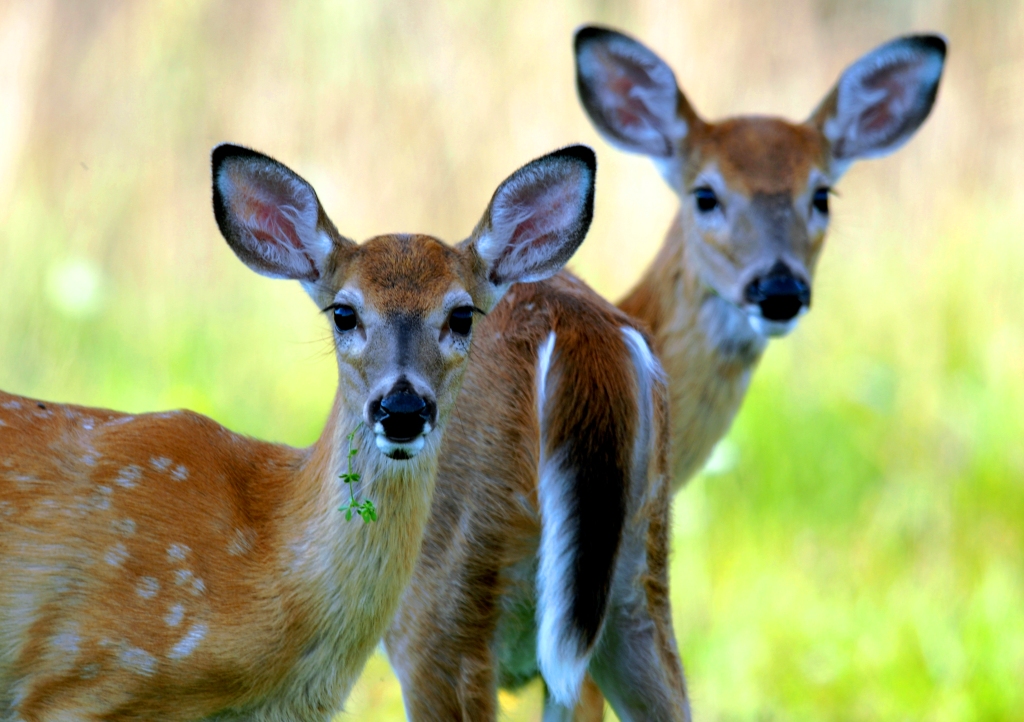Fawns are racing to reach their 2-month birthday.
For a fawn, surviving to 2 months is a huge accomplishment. It is during this period that most fawn mortality occurs.
So, let’s take a look at how many made it and if they didn’t make it, why not.
This race began with 42 fawns. So far, the survival rate is 58% to this point. This result is similar to our previous fawn survival study back in 2000 and 2001. Our previous study monitored over 200 fawns over two years, and survival at 9 weeks was 72% in the agricultural landscape (Penns Valley in WMU 4D) and 57% in the forested landscape (Quehanna Wild Area in WMU 2G).
Although the current fawn study is conducted in four different study areas, we do not yet have a large enough sample size to subset the data. With about 20 fawns per study area it’s just too small of a sample to make inferences by study area.
So for those unfortunate fawns that did not reach 2 months of age, what was the cause of death?
Not surprisingly, predators appear to be the cause for about 2/3 of the mortalities. Bears, coyotes, and bobcats have been identified as likely predators with bears leading the preliminary kill count. Again, these results are similar to results from the forested study area in our previous fawn study.
Mortality results are considered preliminary because specific causes of mortality, including species of predator, have not been finalized for all fawns. We have conducted some examinations to determine cause of death, but all lab results and examinations are not complete.
After 2 months, fawns are better prepared to survive the next race – making it through the fall and hunting seasons.
-Chris Rosenberry
PGC Deer and Elk Section
